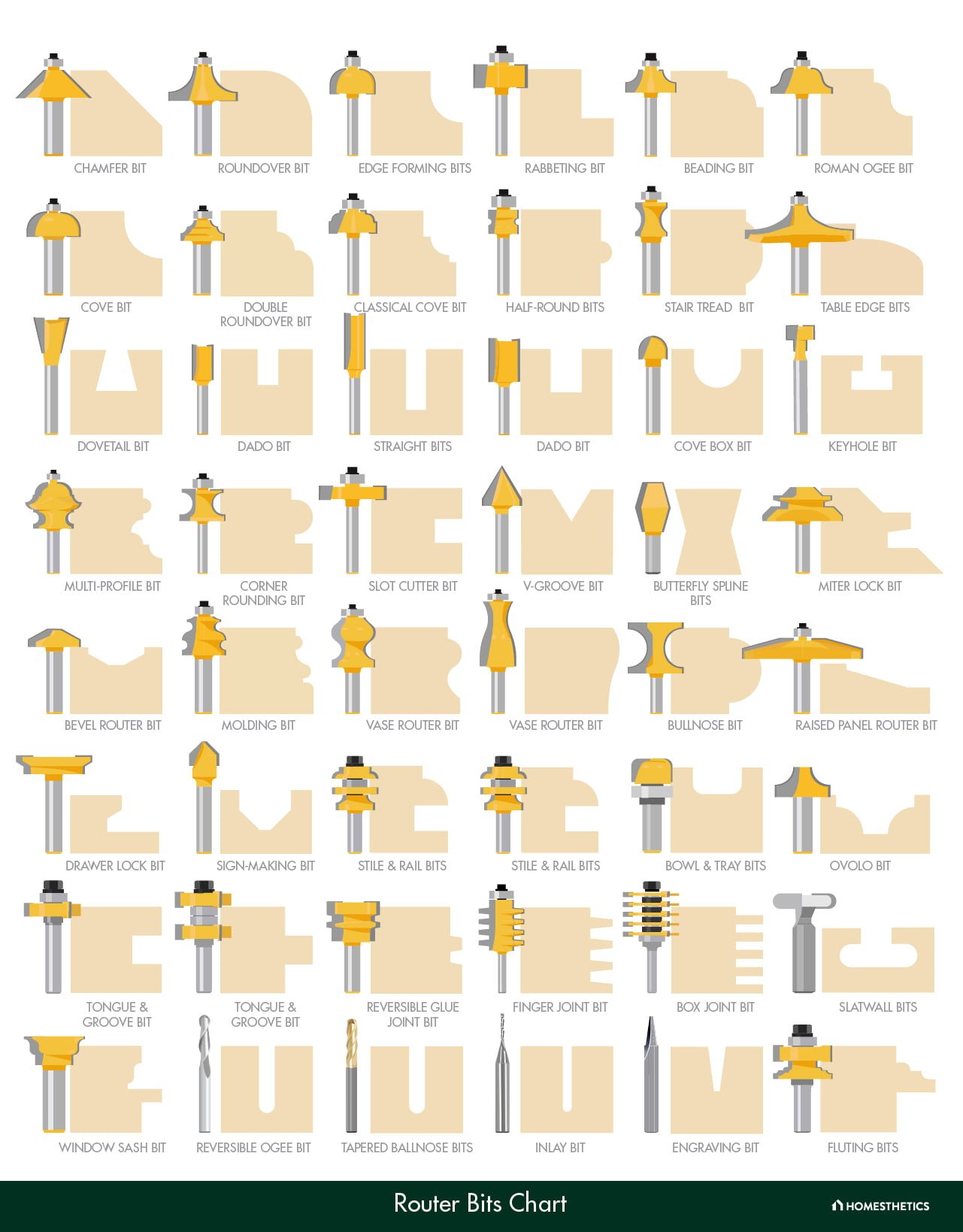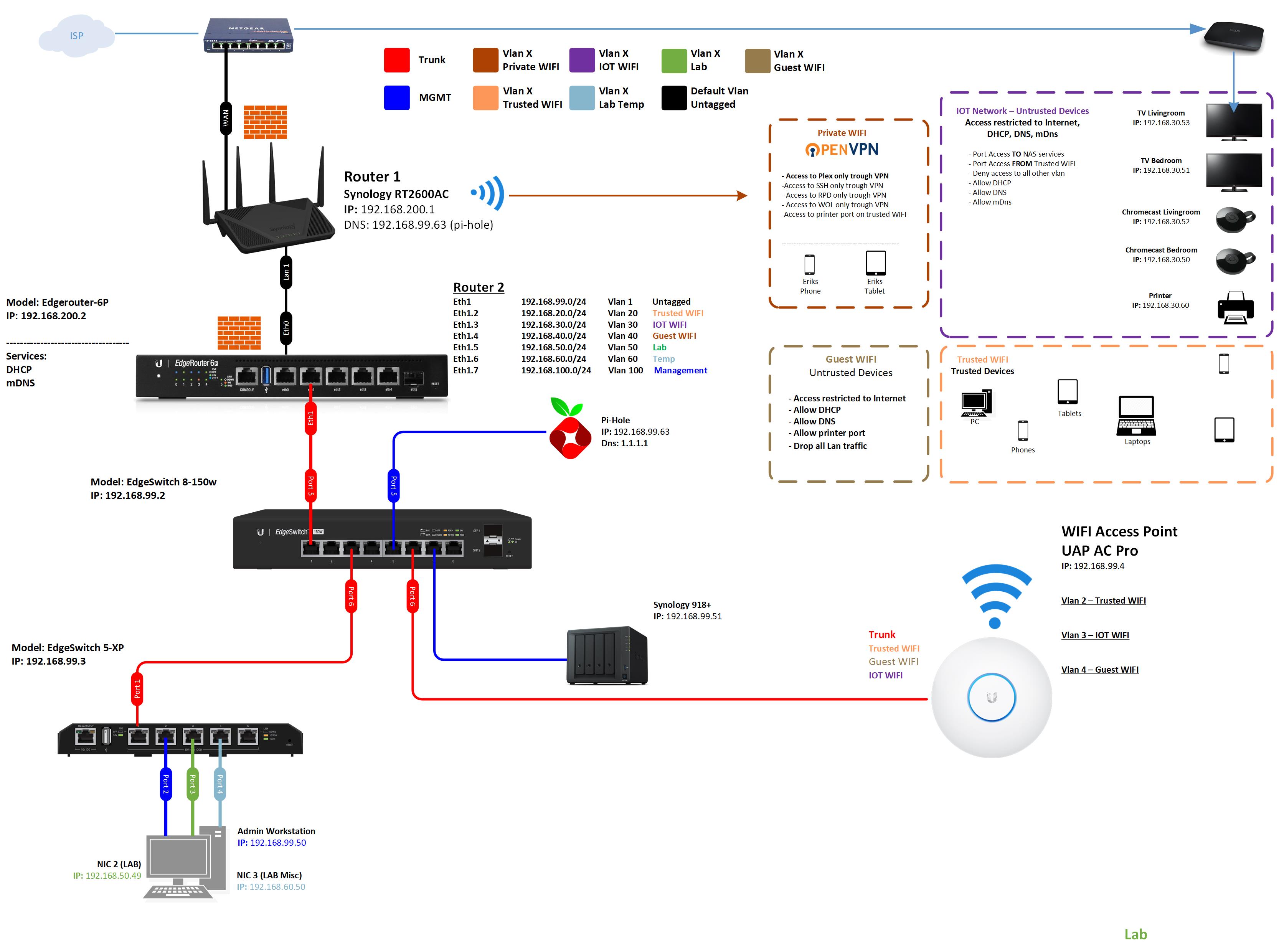Many users face challenges when trying to connect to IoT devices without the convenience of a Windows-based setup. Whether you're managing smart home devices, industrial IoT systems, or remote servers, the ability to use RemoteIoT behind a router without Windows can save time and resources. This guide will walk you through the process step-by-step, ensuring you can establish a seamless connection without relying on proprietary software.
RemoteIoT is a powerful platform that allows users to remotely access and manage IoT devices from anywhere in the world. However, when your device is behind a router and you don’t have access to a Windows-based system, things can get tricky. Many assume that Windows is a necessity for such tasks, but with the right tools and techniques, you can achieve the same results on other operating systems like Linux or macOS. This article will provide you with clear instructions, tips, and solutions to make the process straightforward and efficient.
The key to successfully using RemoteIoT behind a router without Windows lies in understanding how routers handle port forwarding, NAT configurations, and how to leverage open-source tools. By following the steps outlined in this guide, you'll be able to bypass common obstacles and ensure your IoT devices remain accessible. Whether you're a beginner or an experienced user, this article is designed to empower you with the knowledge and tools you need to succeed.
Read also:Mike Wells Net Worth A Comprehensive Look At His Wealth And Achievements
Table of Contents
- What is RemoteIoT?
- Why Use RemoteIoT Behind a Router?
- How to Use RemoteIoT Behind Router Without Windows Free?
- Is It Possible to Use RemoteIoT Without Windows?
- Tools You Need for RemoteIoT Setup
- Step-by-Step Guide to Configure RemoteIoT
- Common Issues with RemoteIoT Setup
- How to Troubleshoot RemoteIoT Connection Problems?
- Alternatives to Windows for RemoteIoT
- Frequently Asked Questions About RemoteIoT
What is RemoteIoT?
RemoteIoT is a cloud-based platform designed to provide secure and reliable remote access to IoT devices. It enables users to manage their devices from anywhere, eliminating the need for complex networking setups or physical access. RemoteIoT supports a wide range of devices, from smart home gadgets to industrial machines, making it a versatile solution for both personal and professional use.
Why Use RemoteIoT Behind a Router?
Using RemoteIoT behind a router is essential for maintaining security and ensuring seamless connectivity. Routers act as gateways, controlling incoming and outgoing traffic to protect your network. By configuring RemoteIoT behind a router, you can enhance the security of your IoT devices while still maintaining remote access. This setup is particularly useful for users who want to avoid exposing their devices directly to the internet.
How to Use RemoteIoT Behind Router Without Windows Free?
If you're wondering how to use RemoteIoT behind router without Windows free, the process involves configuring your router settings and leveraging open-source tools. Below, we will explore the steps required to achieve this setup without relying on Windows-based software.
Is It Possible to Use RemoteIoT Without Windows?
Yes, it is entirely possible to use RemoteIoT without Windows. Many users assume that Windows is the only option, but Linux and macOS offer robust alternatives. These operating systems come with built-in tools and support for open-source software, making them ideal for managing IoT devices remotely.
Tools You Need for RemoteIoT Setup
To use RemoteIoT behind a router without Windows, you’ll need the following tools:
- A compatible router with port forwarding capabilities
- Access to your router's admin panel
- Open-source SSH clients like PuTTY or OpenSSH
- A RemoteIoT account and device credentials
- Basic knowledge of networking concepts
Step-by-Step Guide to Configure RemoteIoT
Follow these steps to configure RemoteIoT behind a router without Windows:
Read also:What Type Of Music Does Christian Nodal Make Exploring His Unique Style And Influence
- Log in to your router's admin panel using its IP address.
- Navigate to the port forwarding section and set up rules for your RemoteIoT device.
- Install an SSH client on your non-Windows system.
- Connect to your RemoteIoT device using the SSH client and your device credentials.
- Test the connection to ensure everything is working correctly.
Common Issues with RemoteIoT Setup
Some common issues users face when setting up RemoteIoT include:
- Incorrect port forwarding settings
- Firewall blocking the connection
- Incorrect device credentials
- Network configuration errors
How to Troubleshoot RemoteIoT Connection Problems?
If you're experiencing connection issues, try the following troubleshooting steps:
- Double-check your port forwarding settings in the router.
- Ensure your firewall allows traffic on the required ports.
- Verify your device credentials and try reconnecting.
- Restart your router and RemoteIoT device to refresh the connection.
Alternatives to Windows for RemoteIoT
If you're looking for alternatives to Windows for managing RemoteIoT devices, consider using:
- Linux distributions like Ubuntu or Debian
- macOS for its built-in SSH capabilities
- Mobile apps that support RemoteIoT
Frequently Asked Questions About RemoteIoT
What is the best way to secure RemoteIoT behind a router?
The best way to secure RemoteIoT behind a router is to enable port forwarding only for trusted IP addresses, use strong passwords, and keep your firmware updated.
Can I use RemoteIoT for free?
Yes, RemoteIoT offers a free tier for basic usage. However, advanced features may require a subscription.
How to use RemoteIoT behind router without Windows free?
To use RemoteIoT behind router without Windows free, configure your router's port forwarding settings, use open-source SSH tools, and connect to your device using its credentials.
What are the benefits of using RemoteIoT?
RemoteIoT provides secure, reliable, and scalable remote access to IoT devices, making it an ideal solution for both personal and professional use.
In conclusion, learning how to use RemoteIoT behind router without Windows free can open up new possibilities for managing your IoT devices. By following the steps and tips outlined in this guide, you'll be able to overcome common challenges and ensure seamless connectivity. Whether you're using Linux, macOS, or other systems, RemoteIoT offers a flexible and powerful solution for remote device management.

